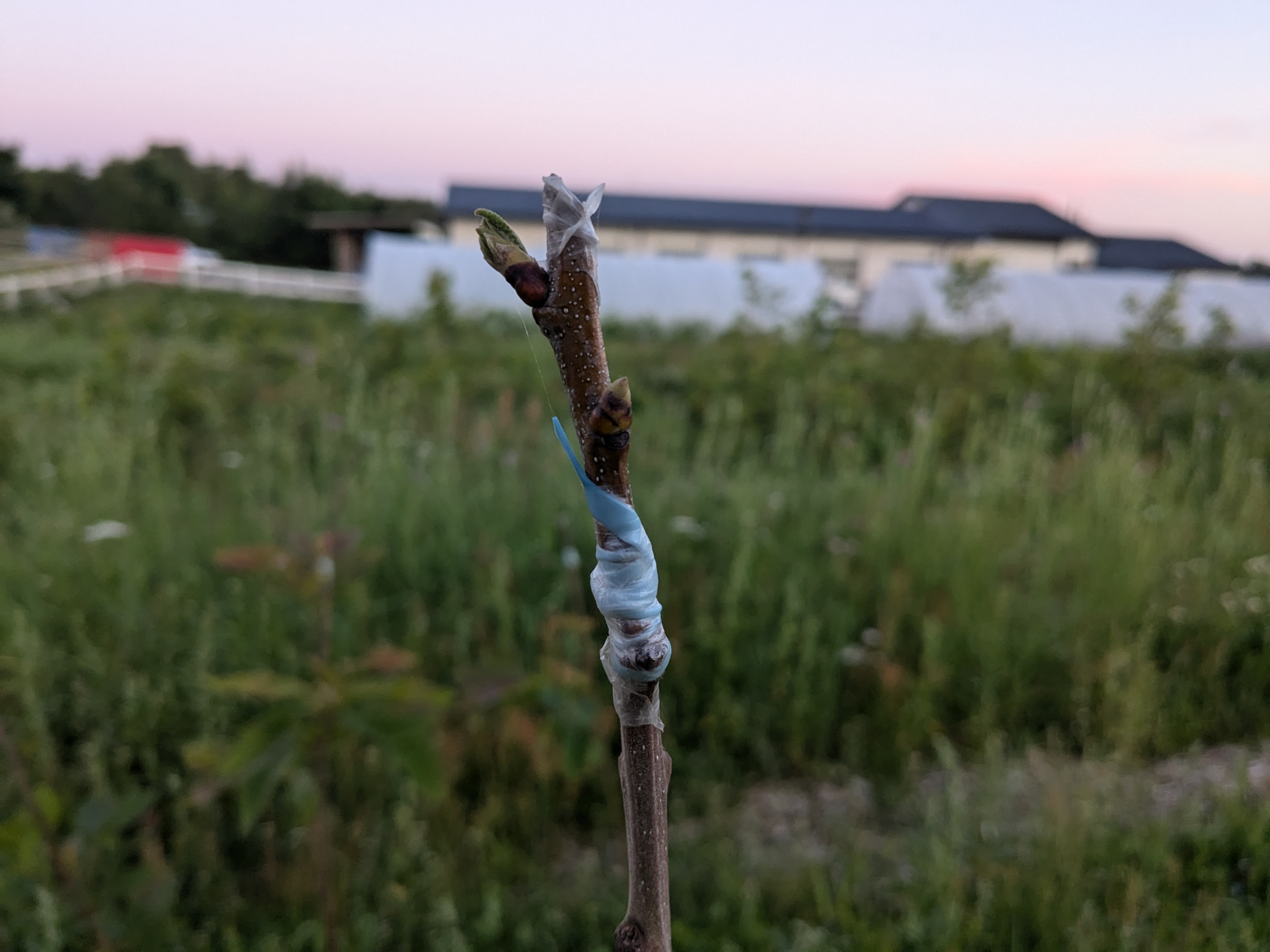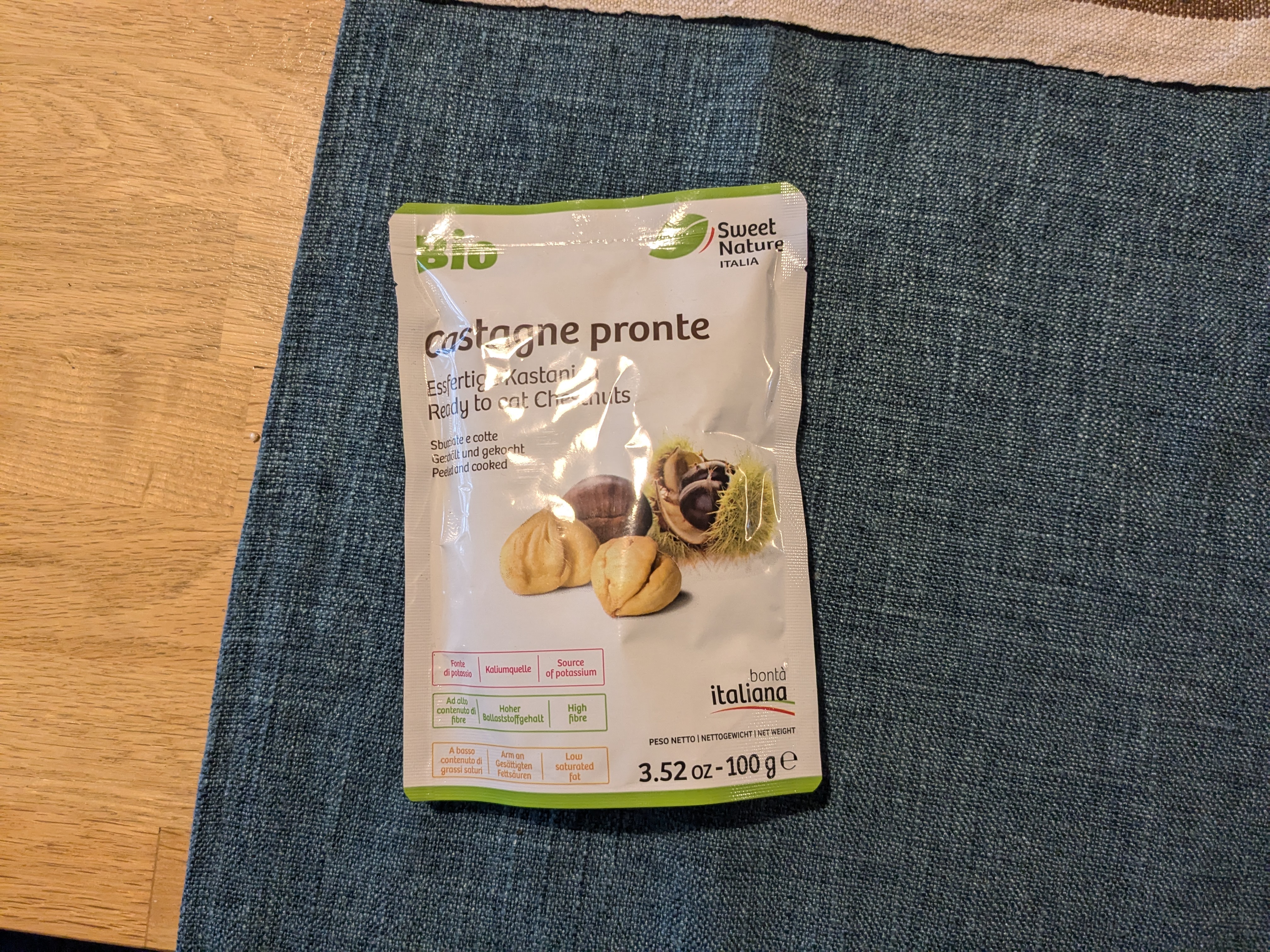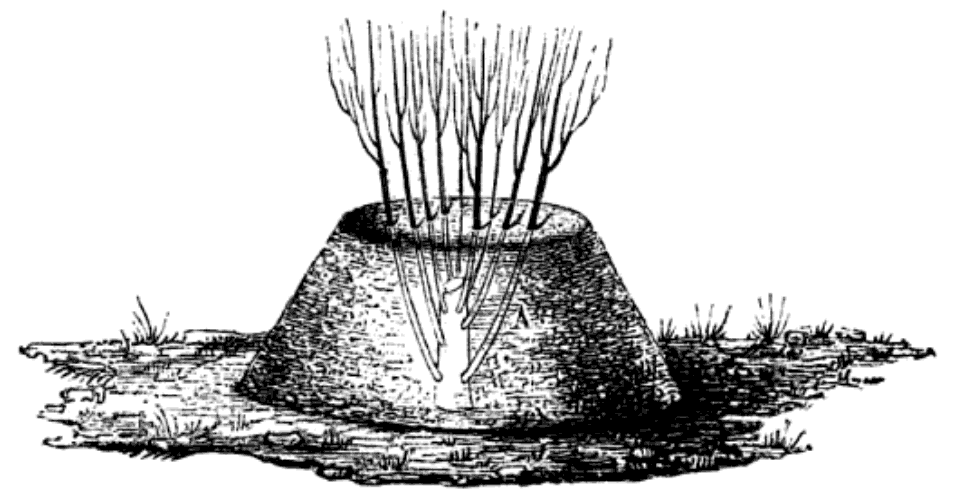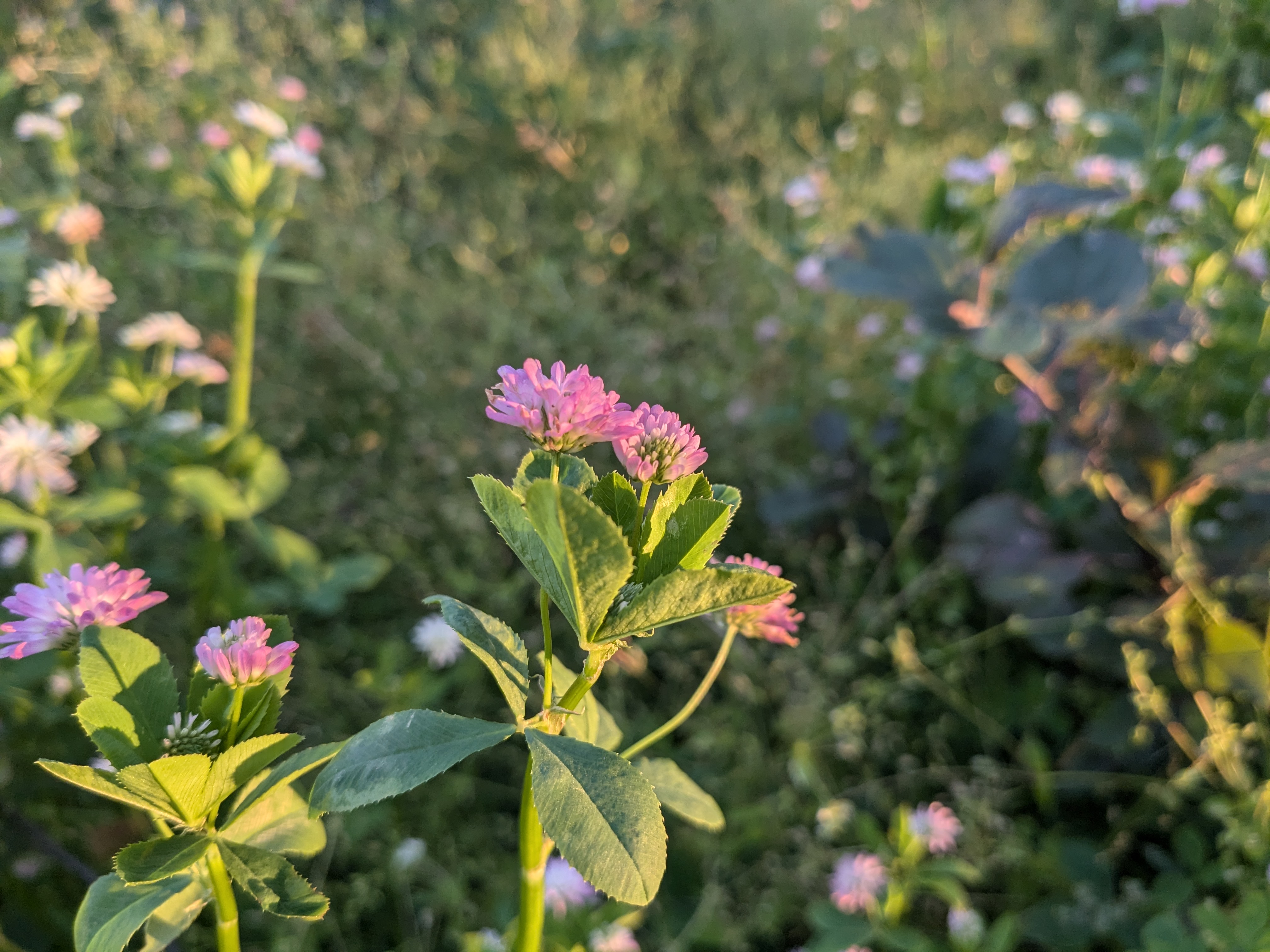Harvest season, or "As you sow..."
Once upon a time, we taught our children that there are consequences for our actions. The debts we took on had to be paid back. There was a lot of talk about responsibility (in the personal kind, not the blame-someone-else type of responsibility rants as we often hear nowadays.
I am a bit old-fashioned. The older I get, the more conservative I get. (Could it be a drying process? That my brains lose the wet mush of youth and turn into cardboard papier-maché?) I admire people who can wield a scythe. Those who know how to plow using a horse (e.g. Jan-Erik Linde). Those who can build anything with second use materials.
The metaphor that was common in those days was a backwards farming-life allegory based on seeds. Nowadays, most seed companies in the world are owned by a handful oligarchs who own most of the seeds that we plant, even in our own gardens. Who would have thought that someone else could own the seed genetics of a seed that we bought for mad cash? My seed is no longer my seed... Is it due to the acoustic backing of Nick Cave?
These days are confusing. Money is no longer what it used to be and debts seem to accumulate without end. There is an arbitrary element regarding who gets to keep borrowing and who is suddenly called to the bank to deliver the goods or go into indenture slavery. My guess is that the one who makes this decision has the real power in our society today.
The most excellent Graeber wrote about the perils of lending money to Kings. They would never pay back, but expect more next time they come around. Who are these kings today?
When I cannot figure out what is going on in the world, I go out to the trees and the veggie patch. There, reality rules. One reality is the temperature. Today was a mild 22C summer day. Perfect growing conditions.
We have busted straight through the 1.5C limit of the famed Paris Accord, even before the 10 year anniversary could be celebrated, and nobody has yet stepped on any break. We still accellerate into the abyss. This week, Paris is the capital of gold medals. Will the trees that we plant survive us?
Trees love the sun-rain-sun-rain weather
Chestnuts
We grafted 100+ chestnut trees in May, and now it is clear that some of them have been successful. Some have clearly not taken, and some are slow to bud out.
 Chestnut grafts from May start to grow out.
Chestnut grafts from May start to grow out.
 Same chestnut graft from the other side.
Same chestnut graft from the other side.
 Some only bud out now in July. Why? Was it a dormant bud?
Some only bud out now in July. Why? Was it a dormant bud?
I found some chestnut graftwood ('Bournette') in the cooler when I cleaned out for the summer cleaning. So I made another attempt with the rootstock where the graft had not been successful. I could make 12 new grafts. I have never grafted this late in the season, and the graftwood has been in the cooler since December. Low chance of success, but why not try?
A test for a late chestnut graft in July. Will it take? (apologies for the out-of-focus photo)

When I visited my older brother and his wife, I picked up a bag of ready-to-eat cooked chestnuts in the shop. This kind of product was common in China when we lived there, with various flavours. It is the first time I see this in Europe.
 Cooked chestnuts, ready to snack!
Cooked chestnuts, ready to snack!
Hazelnut propagation
We do hazelnut propagation in a very similar way to what was described by Alphones du Breuil in 1846 (illustration from Wikipedia). We cut the hazelnut bush down to the ground in the winter and let new shoots emerge, that we try to root in a pile of sand.
 Illustration of the general idea.
Illustration of the general idea.
 We use a bucket without bottom to keep the sand in place.
We use a bucket without bottom to keep the sand in place.
 Using a ring-pliers, we make a strangulation on each shoot.
Using a ring-pliers, we make a strangulation on each shoot.
 Maybe you see the green rings on the branches, quite low.
Maybe you see the green rings on the branches, quite low.
 Then we fill the bucket with sawdust and sand and wait until Christmas.
Then we fill the bucket with sawdust and sand and wait until Christmas.
 E cut off the bottoms of the buckets.
E cut off the bottoms of the buckets.
Walnuts
Walnuts, especially the more sensitive grafted trees, are borderline hardy here, so it is great to be part of introducing new and more resilient varieties. And to meet people who already grow walnuts here.
 The walnut seedlings were late to sprout, but now they come up in most places.
The walnut seedlings were late to sprout, but now they come up in most places.
 We get to know lots of great people. Here is Peter B's walnut tree.
We get to know lots of great people. Here is Peter B's walnut tree.
Fruit
The first fruits to deliver are the berries. We have already finished the currants, and now the gooseberries are sweet and sensual.

Veggie time
Veggie harvest is boosting these days.
 The last beet roots are plump and juicy.
The last beet roots are plump and juicy.
 M enjoys the fragrance of the garlic
M enjoys the fragrance of the garlic
 These beautiful flowers are edible - Hemerocallis - day lilies.
These beautiful flowers are edible - Hemerocallis - day lilies.
 Not a veggie, but a surprisingly fragrant clover - Trifolium resupinatum
Not a veggie, but a surprisingly fragrant clover - Trifolium resupinatum
Farm improvements
 We have now finished the potato cool-storage and white-washed the clay render with lime.
We have now finished the potato cool-storage and white-washed the clay render with lime.
 J helped out with the painting of the new side of the house that we got installed last year. Lineseed oil paint is great to work with, but dries veeeery slowly.
J helped out with the painting of the new side of the house that we got installed last year. Lineseed oil paint is great to work with, but dries veeeery slowly.
Life in a small town
Small town life here also includes the confrontation with industrial chemical farming. 1000 hectares of potatoes, which is not organic means lots of chemical spraying. Here is a kilometer from our place, a bi-weekly fungicide dressing. And some people wonder why there are so few insects?

The other day, I met a Dutch guy, Peter, who was participating in a bicycle race from the Northernmost part of Sweden to the southern tip: 2100km in seven days. He was using a tricycle with an aerodynamic foil, a.k.a. Velomobiel de Snoek. One day I will also get one of those. I hope before I get too old to climb in and out.
 The future of mobility - low-energy vehicle.
The future of mobility - low-energy vehicle.